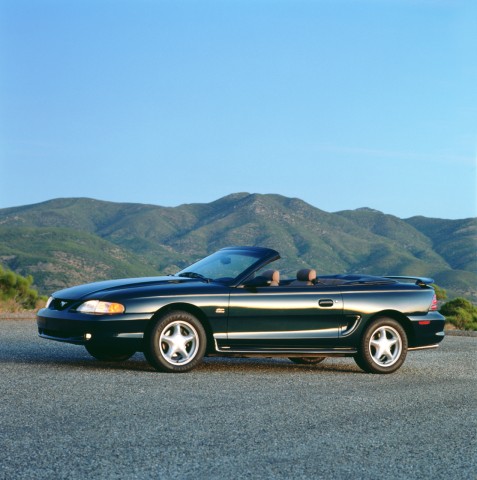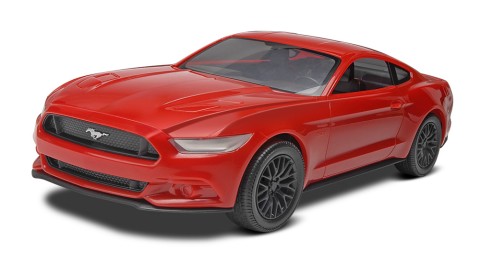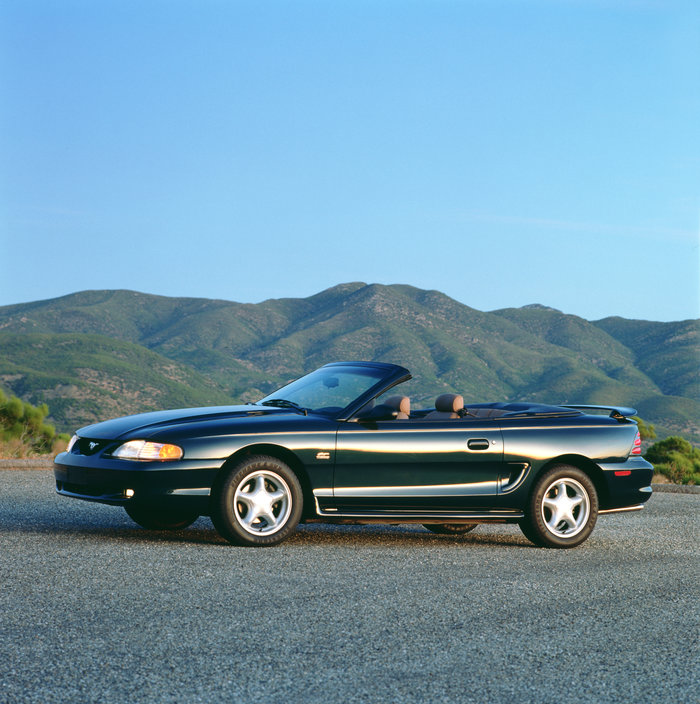Automotive historians will look back on 1995 as a watershed year for the automotive industry. By September, all 1996 models had to have the same OBDII diagnostic connector under the dash, speaking the same emissions language.

Around the same time in Akron, OH, Babcox Media saw the times were changing for vehicle repairs and diagnostics. Stricter emission mandates and new components were creating an opportunity in the aftermarket. Into this “perfect storm,” Underhood Service was born
Something amazing happened over the past 20 years. Vehicle emissions dropped while power output increased dramatically. Consider the Ford Mustang. In 1995, the base engine was a 3.8L V6 with 150hp. Twenty years later, the Mustang’s base engine is a 3.7L V6 with 300hp. In an “apple to apples” EPA fuel economy test, the 2015 Mustang would get four miles more per gallon in both the city and highway ratings.
The 1995 version was a simple push rod engine with port fuel injection. The most common replacement items were gaskets, spark plugs and the mass-airflow sensor. The 2015 version is a quad cam engine with variable valve timing, six ignition coils and three times the sensors.

Future
It is tough to predict the future. Some say electric vehicles; some say self-driving cars — but the internal combustion engine will not die.
Here are my predictions for the next 20 years, and I am sure Underhood Service will still be around to prove me right or wrong.
- Leaner combustion events: Imagine an engine cruising on the freeway at a 30:1 air/fuel ratio.
- Composite/plastic material engine blocks: Just like modern intake manifolds, engine blocks will start to be made of composite materials.
- Roller bearing rotating assemblies: Crankshaft and camshaft bearings will use roller bearings.
- Turbochargers on everything: By 2035, most internal combustion engines will be turbocharged.
Where will the independent repair shop be in 20 years? You have to look at where we have been. Twenty years ago, tune-ups and 3,000 mile oil changes were still par for the course. Those service opportunities are long gone. They have been replaced by services like reflashing and diagnostic time. New parts like camshaft actuators, TPMS sensors and direct-injection high-pressure fuel pumps are today’s new service opportunities.
In the next 20 years, selling diagnostic labor will become even more critical. Vehicles will be on the road longer. Like it or not, replacement components will become more expensive with a higher level of computer-component integration. But, the good news is these components will have higher profit margins. Maintenance will be even more critical as combustions events ride a razor’s edge between max power and misfire.
The future is very bright.














